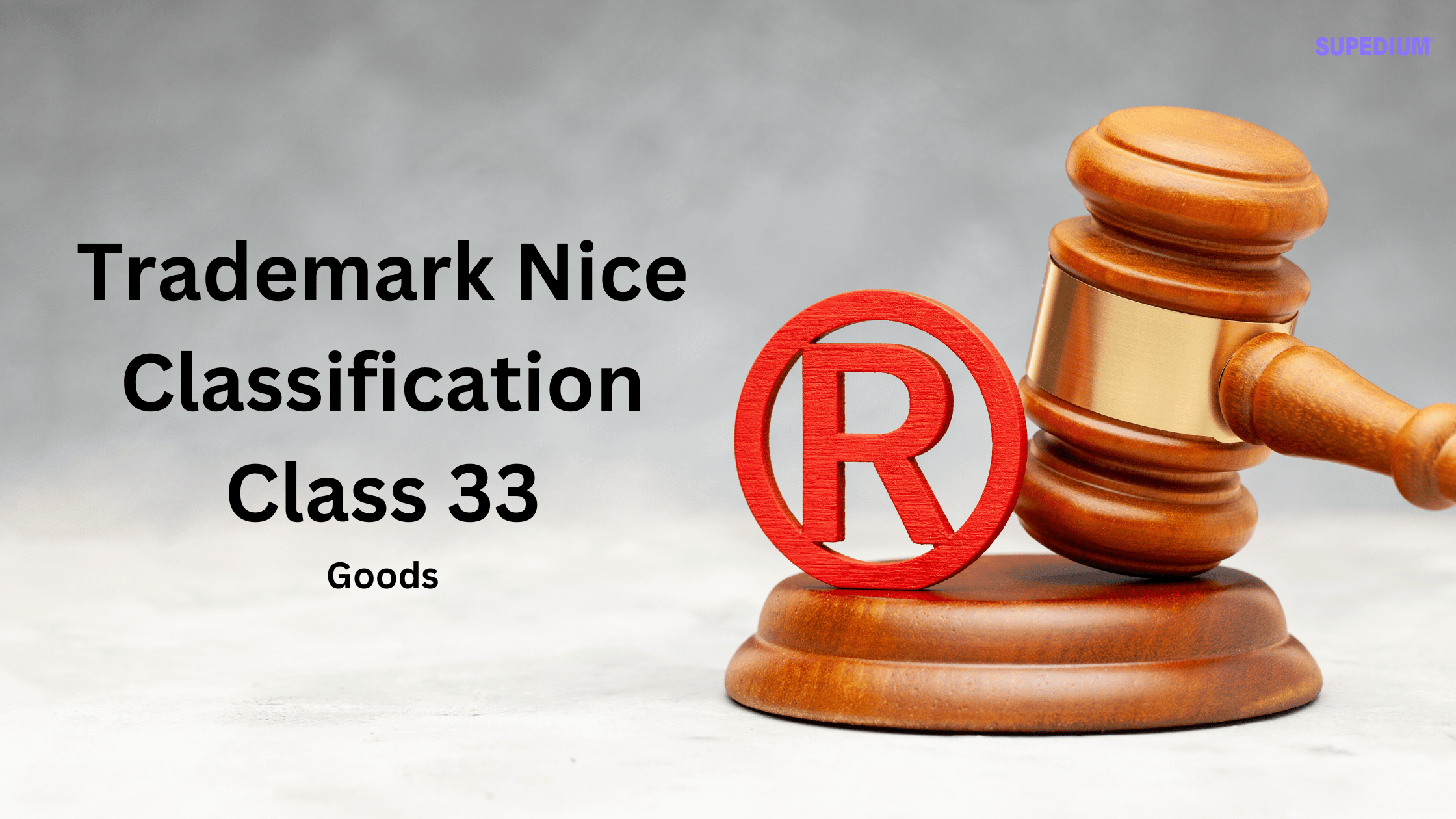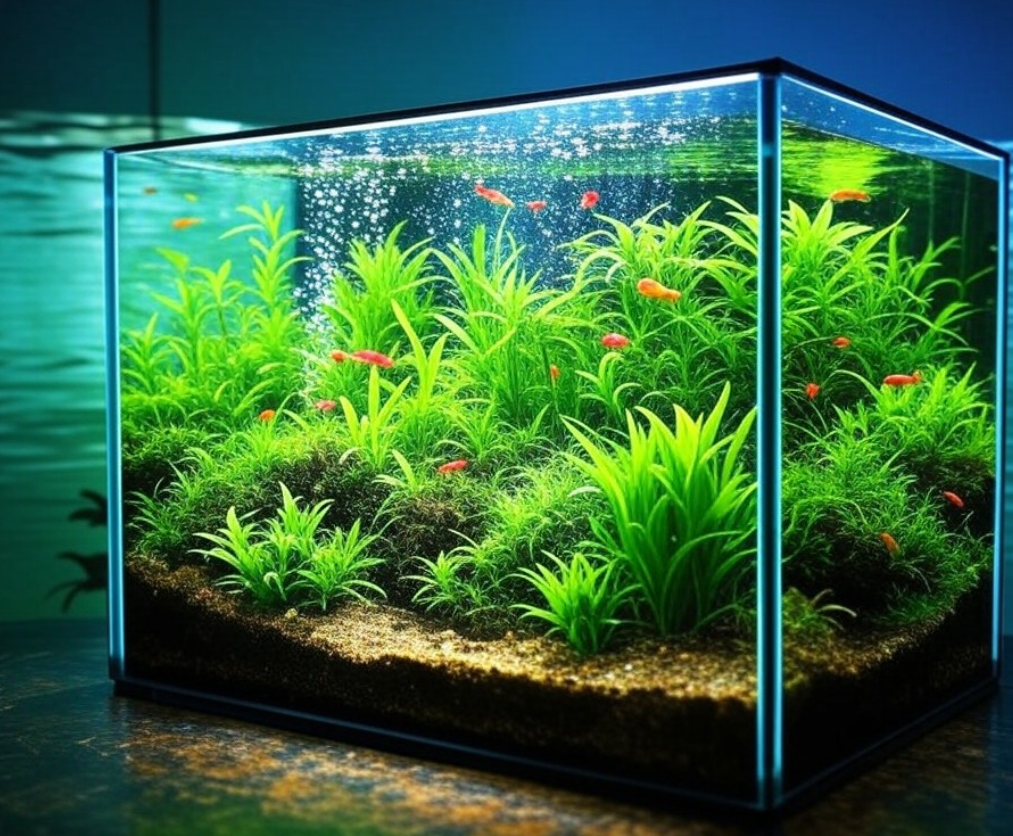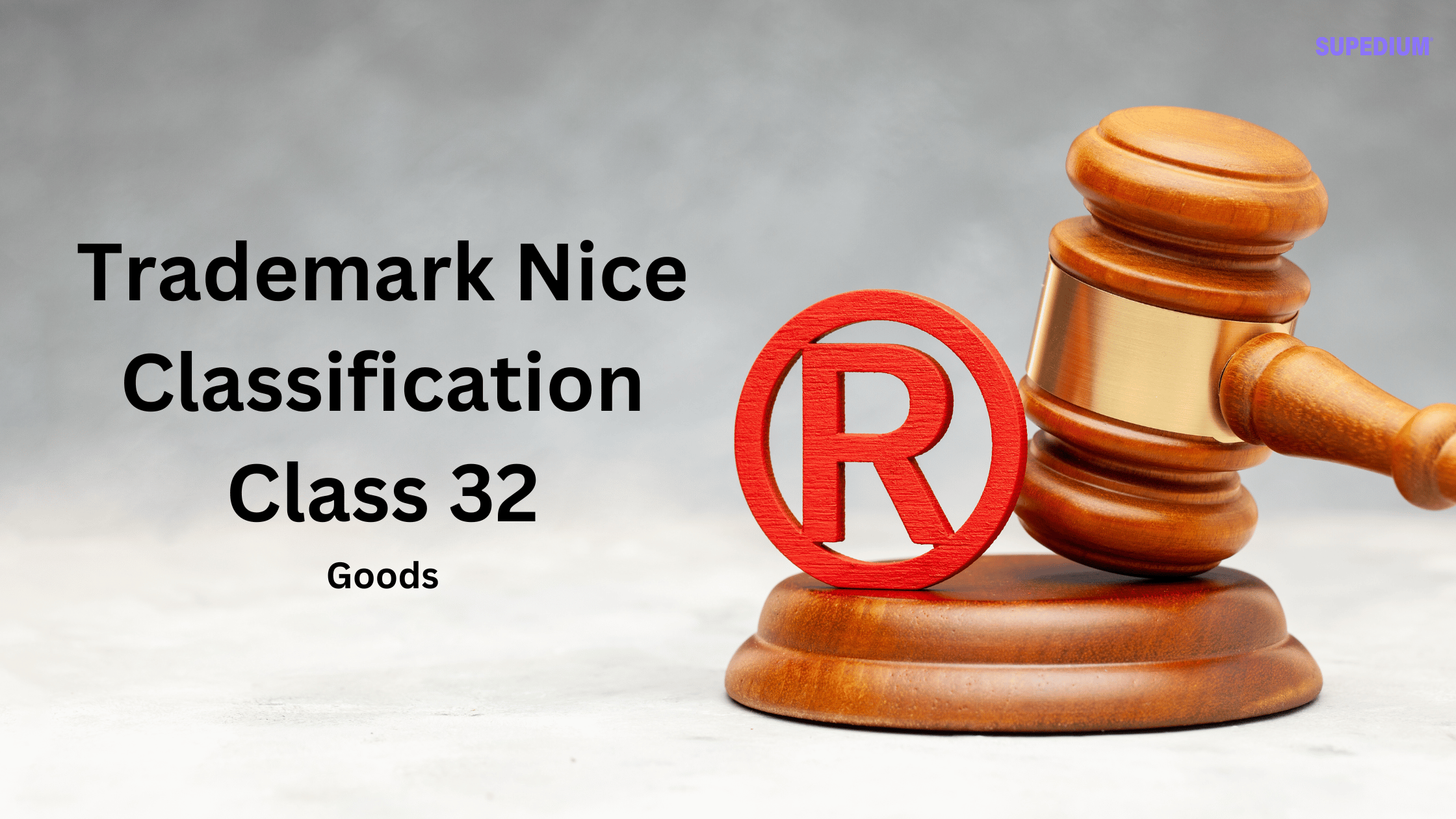Table of Contents
![]()
I. Introduction
The Nice Classification system, established by the Nice Agreement (1957), is an international system used for the classification of goods and services for the registration of marks. This classification is crucial for businesses and legal entities to protect their trademarks effectively. Among the various classes defined within this system, Class 33 specifically pertains to alcoholic beverages. This article will explore the scope of Class 33, detailing what it includes and excludes, and discuss the implications for trademark registration in the alcoholic beverage industry.
II. Scope of Class 33
A. Definition of Class 33
Class 33 encompasses a range of alcoholic beverages, categorizing them as goods for trademark registration. The primary focus is on alcoholic beverages, with the notable exception of beers. This class also covers alcoholic preparations designed for making beverages, highlighting its relevance to the beverage industry.
B. Key Categories Included
Class 33 includes several distinct categories of alcoholic beverages:
- Wines and Fortified Wines
Wines represent a significant segment of Class 33, which includes various types such as red, white, and rosé wines, along with fortified wines like Port and Sherry. - Alcoholic Cider and Perry
Cider, made from fermented apple juice, and perry, made from fermented pear juice, are also included. These beverages are gaining popularity and are recognized within this classification. - Spirits and Liqueurs
This category covers a broad array of distilled beverages, including well-known spirits like vodka, whiskey, rum, and gin, as well as flavored liqueurs such as Amaretto and Baileys. - Alcoholic Essences and Extracts
These products, often used in cocktails and culinary applications, are essential for mixologists and chefs. They add flavor and complexity to beverages and dishes. - Bitters
Bitters are concentrated flavoring agents that play a crucial role in cocktail making, providing depth and balance to various drinks.
III. Specific Products Under Class 33
A. Detailed Description of Included Beverages
Class 33 is diverse, encompassing numerous types of alcoholic beverages:
- Wines
- Types: The class includes all varieties of wines, such as red, white, and sparkling wines. Each type has unique characteristics and flavor profiles influenced by grape varieties and production methods.
- Fortified Varieties: Fortified wines, which have had additional alcohol added, include famous types like Port and Sherry, known for their distinct taste and higher alcohol content.
- Ciders and Perrys
- Differences: While cider is made from apples, perry is crafted from pears. The fermentation process for both varies, resulting in different flavor profiles and alcoholic content.
- Spirits and Liqueurs
- Popular Examples: Spirits like vodka, whiskey, gin, and rum are staples in many cultures, each with a rich history and various production methods. Liqueurs are sweeter, often infused with fruits, herbs, or spices, and are commonly used in cocktails.
- Alcoholic Essences and Extracts
- Uses: These concentrated flavors are essential in both bartending and cooking, allowing for the creation of innovative cocktails and dishes that showcase diverse flavor combinations.
- Bitters
- Role in Mixology: Bitters are key ingredients in many classic cocktails, adding complexity and enhancing flavors. Their varied formulations allow bartenders to craft signature drinks with depth.
IV. Exclusions from Class 33
A. Products Not Covered
While Class 33 covers a wide range of alcoholic products, it explicitly excludes several items:
- Medicinal Beverages (Class 5)
Products that serve medicinal purposes are categorized under Class 5, distinguishing them from standard alcoholic beverages. - De-alcoholised Beverages (Class 32)
Non-alcoholic versions of traditional alcoholic beverages, which are increasingly popular, fall under Class 32, making it important for companies to classify their products correctly. - Beers (Class 32)
Beer is a distinct category and is classified separately, despite being an alcoholic beverage. - Non-Alcoholic Mixers (Class 32)
Non-alcoholic mixers, such as soda water and soft drinks used in cocktails, are also excluded from Class 33.
B. Importance of Distinction
Understanding these exclusions is critical for businesses in the alcoholic beverage industry. Misclassifying products can lead to trademark challenges and legal complications, emphasizing the need for clarity in product categorization.
V. Implications for Trademark Registration
A. Importance of Class 33 in Trademark Protection
For businesses in the alcoholic beverage sector, registering trademarks under Class 33 is vital for protecting brand identity. As competition increases, having a clear trademark helps establish market presence and consumer recognition.
B. Considerations for Businesses in the Alcohol Industry
- Choosing the Right Class for Trademark Applications
Businesses must carefully assess their products to ensure they select the appropriate classification for trademark applications, which helps in avoiding legal disputes. - Navigating Legal Complexities
Understanding the nuances of Class 33 versus other classes is essential for compliance with trademark laws and effective brand protection.
VI. Conclusion
Class 33 of the Nice Classification system plays a crucial role in defining and protecting alcoholic beverages within the trademark landscape. By providing clarity on included and excluded products, this classification helps businesses navigate the complexities of trademark registration. For companies in the alcoholic beverage industry, understanding and correctly applying this classification is essential for safeguarding their brand and ensuring compliance with legal standards. As the market continues to evolve, the importance of proper classification will only grow, underscoring the need for diligence in trademark applications.
Share This





Be the first to comment